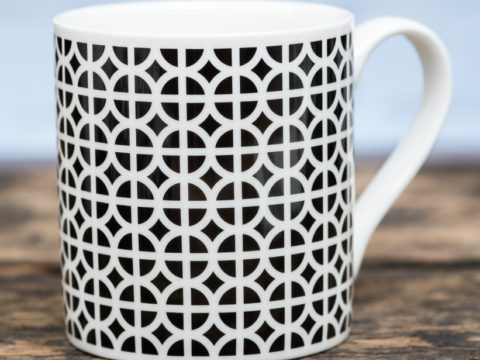Margaret Douglas: Life Story
Chapter 22 : The Last Intrigue
In the late summer of 1573, Margaret requested leave to return to her old home of Settrington. By now, Elizabeth knew that she had been reconciled with Queen Mary, so, although permission was granted, she was told not to go anywhere near Chatsworth, where Mary was being held in the custody of the Earl and Countess of Shrewsbury. The Countess, known to posterity as Bess of Hardwick, had been a friend of Margaret’s for at least thirty years. Elizabeth informed Margaret that any visit to Queen Mary might lead people to think they were plotting together. Margaret laughed at such a notion, saying she could never forget the murder of her own child. Whatever the change in her views on Mary’s guilt, she clearly did not intend to share them with Elizabeth.
The following year, Margaret travelled north again, to Temple Newsam, this time with Charles, now about nineteen. Not daring to visit Chatsworth, Margaret found an excuse to meet Countess Bess at her home at Rufford Abbey. Conveniently, Bess’ daughter, Elizabeth Cavendish, was one of the party. The indulgent and romantic countesses saw that their children had fallen deeply in love, and permitted them to marry. Apparently, any other course would have ended in dishonour (the implication being that Charles and Elizabeth Cavendish had slept together.)
Naturally, there had been no thought of anything more than family joy, despite the fact that Charles was close enough to the throne to require royal permission before marrying. She failed to mention that she had been discussing the marriage with Countess Bess, and her old friend Katherine Willoughby, Duchess of Suffolk, for at least a year. Queen Elizabeth, feeling she had been outwitted once again, sent Margaret back to the Tower.
Margaret must have seen its grey walls almost with a sense of homecoming.She whiled away her time embroidering a handkerchief for Queen Mary with her own hair. Despite diligent searching, Elizabeth’s government could not find any evidence of actual treason, other than a marriage without royal consent. There was nothing to suggest a plan to free Mary, or replace Elizabeth, so, eventually, probably by the end of 1575, Margaret was released.
The new Earl and Countess of Lennox were separated, but Lady Lennox gave birth to a daughter, Lady Arbella Stuart.
Unable to influence her grandson’s upbringing, Margaret concentrated on Arbella. As further evidence of the rapprochement with Mary, the latter, on drawing up her will in 1577, restored to Margaret her long-lost Earldom of Angus. A futile gesture, as Queen Mary had absolutely no power to put her wishes into effect in Scotland. Margaret, her son, daughter-in-law and grand-daughter, lived quietly in Hackney. Charles had the remittance of the income from the Earldom of Lennox to finance the household, but Margaret had almost nothing of her own.
In 1577, Margaret had the grief of seeing the last of her eight children pre-decease her. She planned a grand tomb for him in Westminster, having him interred at St Augustine, Hackney in the meantime, but was not too busy to correspond with James in Scotland, and oversee the baby Arbella’s care until she moved to the home of her other grandmother in 1578. Nevertheless, Margaret still fought on her behalf, requesting the Scots government to recognise Arbella as Countess of Lennox, a plea which was refused. Queen Mary also added a new clause to her aforementioned will, granting the Lennox inheritance to Arbella, but it was of no more value than her grant of the Earldom of Angus to Margaret.
Once again, Margaret succeeded in persuading Elizabeth to help her. The Queen sent a stern letter to the Regent Morton, demanding that Arbella’s rights should be recognised – although that might have been to save herself the cost of maintaining Margaret and Arbella – Elizabeth was notably parsimonious.
Margaret made her will in February 1578, presumably feeling her age. She died on either 9th or 10th March, 1578.
Elizabeth footed the bill for the funeral, and permitted it to take place in Westminster Abbey, where she lies still.
Lady Margaret Douglas
Family Tree








